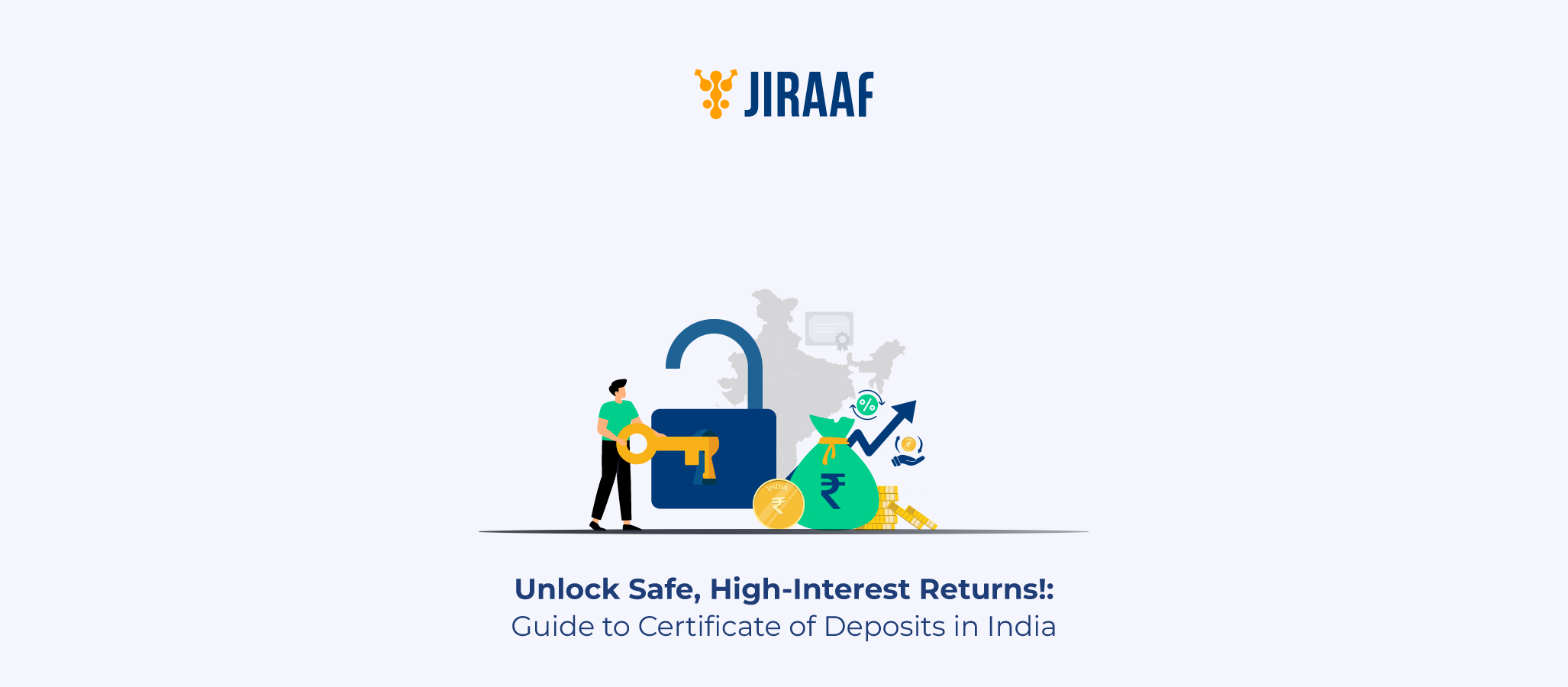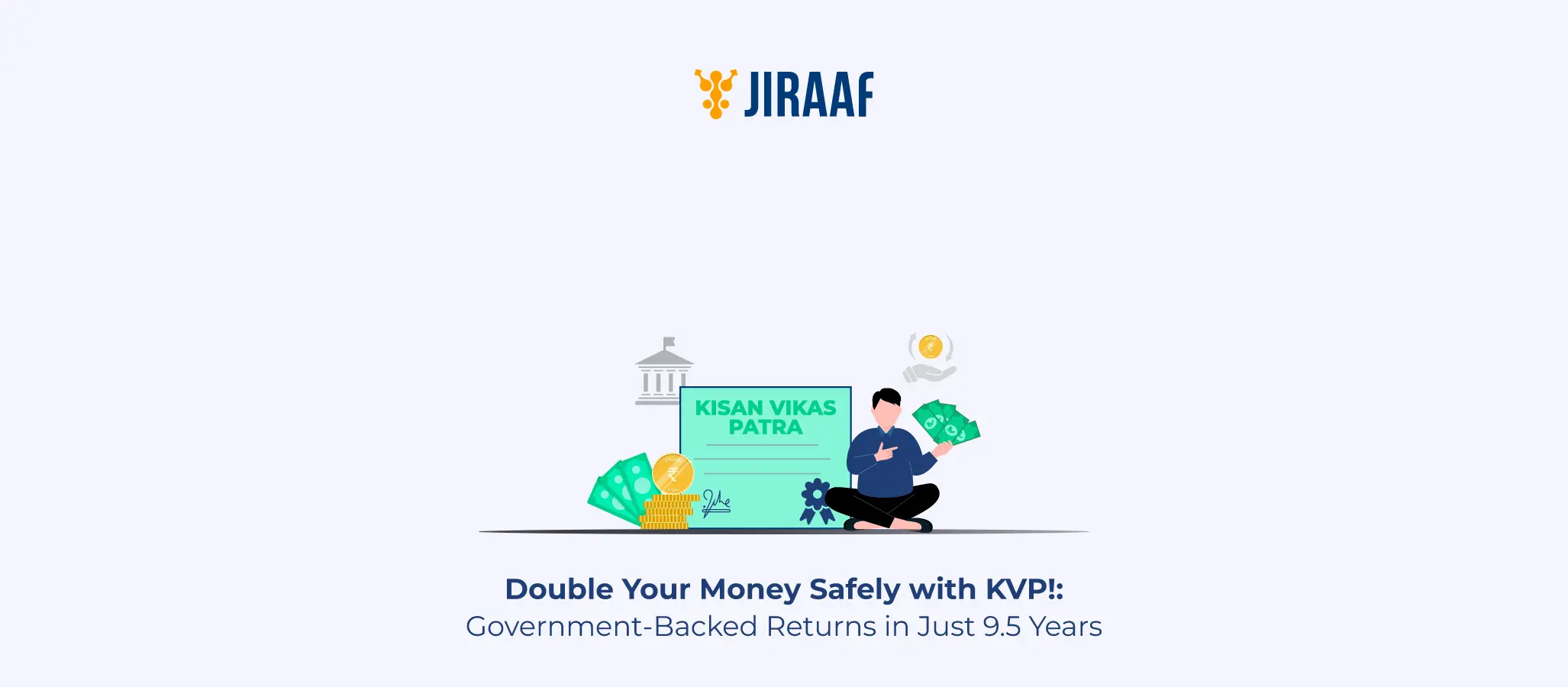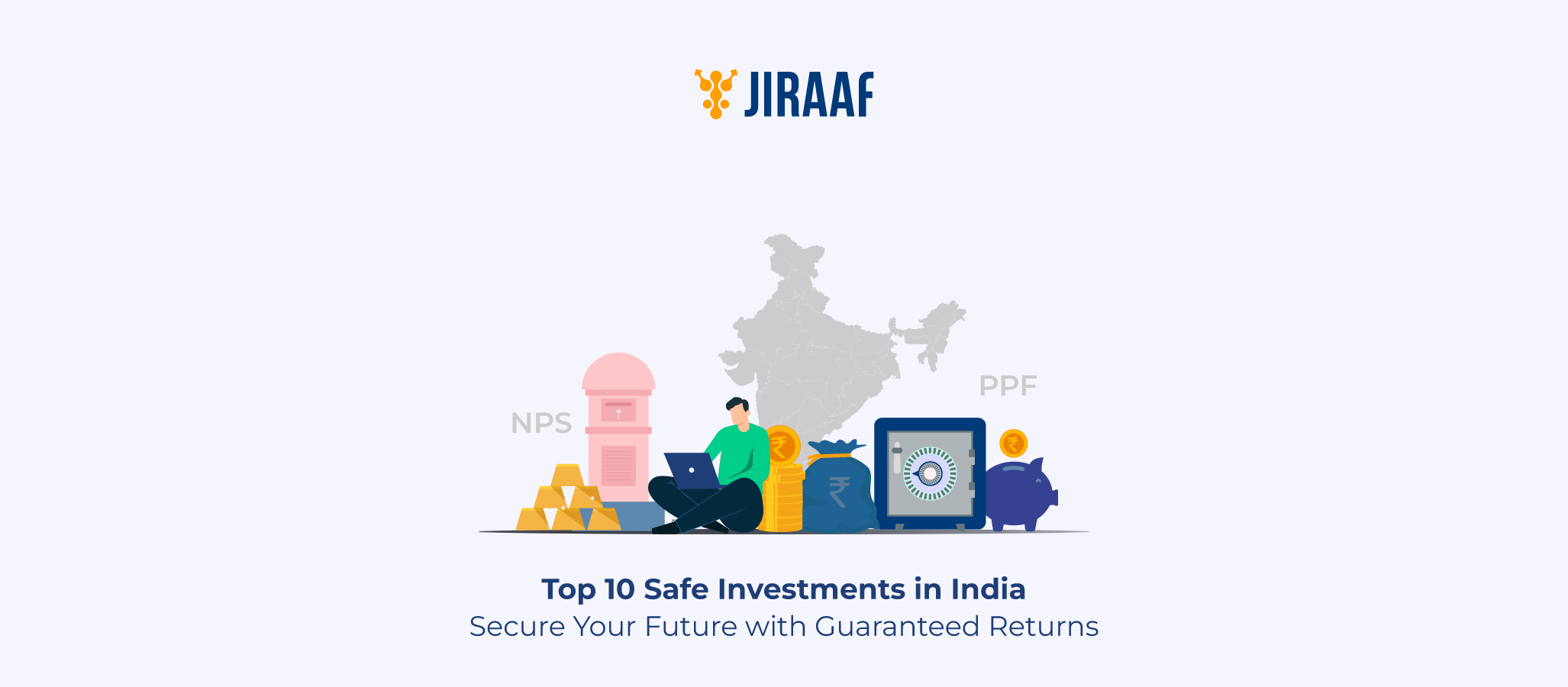Consider receiving fixed returns from car or home loans without making loans or lending money. Pass-Through Certificates (PTCs) provide just that! These financial products serve as a specialized fixed-income alternative to bonds, as they allow you to invest in shared loan repayments.
In this blog, we’ll discuss what PTCs are and how they work, their role in India’s securitization market, the key benefits and risks you could face, and how mutual funds and institutions use PTCs.
What Are Pass-Through Certificates (PTCs)?
Financial securities known as PTCs are produced when loans, such as mortgages, auto loans, or personal loans, are bundled together and offered for sale to you. Cash flows are “passed through” to PTC holders as returns when borrowers pay back their loans.
Some of its important characteristics include:
- Fixed-income returns (like bonds but riskier).
- Supported by loan pools (such as house and auto loans).
- Special Purpose Vehicles (SPVs) issue.
- NBFC securitization is common.
For instance, a non-banking financial company (NBFC) produces PTCs, pools ₹100 crore in home loans, and you would profit from EMI repayments.
How Do Pass-Through Certificates Work?
- Loan Pooling: An NBFC or bank groups loans together (for example, 1,000 auto loans).
- Creation of a Special Purpose Vehicle (SPV): Loans are moved to an SPV.
- PTC Issuance: You will receive certificates from SPV.
- Cash Flow Distribution: PTC holders receive the collected EMIs (after fees).
Investor Earnings
- Payments made on a monthly or quarterly basis (from loan repayments).
- No set maturity (loan prepayments determine it).
Role of PTCs in Securitization in India
By turning loans into tradeable securities, PTCs support banks and NBFCs in freeing up capital. In India, PTCs are frequently used by housing finance companies such as HDFC and LIC Housing.
Additionally, auto and microfinance loans are securitized. Securitization and Reconstruction of Financial Assets and Enforcement of Security Interest (SARFAESI) Act is regulated by the Reserve Bank of India (RBI).
According to ICRA, the securitization industry in India has surpassed ₹1.88 lakh crore in FY24.
Benefits of Investing in PTCs
There are a few advantages that you should consider while thinking about investing in PTCs.
- Higher returns than bonds: usually 9–12% annually.
- Consistent cash flows: EMIs = investor payouts.
- Diversification: exposure to retail credit markets.
- Collateral-backed: by loans that are secured by collateral.
Risks and Limitations of PTCs
- Prepayment risk: Returns could be decreased if borrowers repay early.
- Credit risk: Payouts decrease if borrowers default.
- Liquidity risk: OTC trading (not on exchanges) exposes PTCs to liquidity risk.
- Complexity risk: Difficult for average investors to understand.
How PTCs Are Used by Mutual Funds and Institutions
- For greater yields, allocate 5–15% of debt mutual funds to PTCs.
- Insurance companies make investments in PTCs with extended maturities, such as 10-year house loans.
- PTCs are preferred by pension funds due to their consistent cash flows.
For instance, the ICICI Prudential Credit Risk Fund owns PTCs worth around ₹500 crore.
Key Regulatory Guidelines Around PTCs in India
Here are the key regulatory guidelines for PTCs in India via the RBI:
- RBI oversight: Governed by the SARFAESI Act & Securitization Norms.
- Credit rating is mandatory: CRISIL, ICRA, or CARE ratings are required.
- Minimum retention: Originators must keep 5–10% of securitized loans.
- Eligibility: Mostly institutional investors (retail access is limited).
Conclusion
PTCs are slightly complicated and not liquid, yet they provide high-yield, asset-backed returns. PTC-exposed debt mutual funds offer a safer entry point for you. Diversification and consistent cash flows are advantageous to institutional investors. PTCs are loan-backed securities with variable returns; they are riskier but offer higher rates than bonds, and they are primarily for institutions rather than direct retail investments. They are regulated by the RBI, but there are prepayment and default risks.









